Astrophotography under Kyrgyzstan's clear pristine skies, a stargazer's paradise
When astrophotographer Soumyadeep Mukherjee embarked on an astrophotography trip to Kyrgyzstan little did he know he'd stumbled upon a stargazer's paradise.
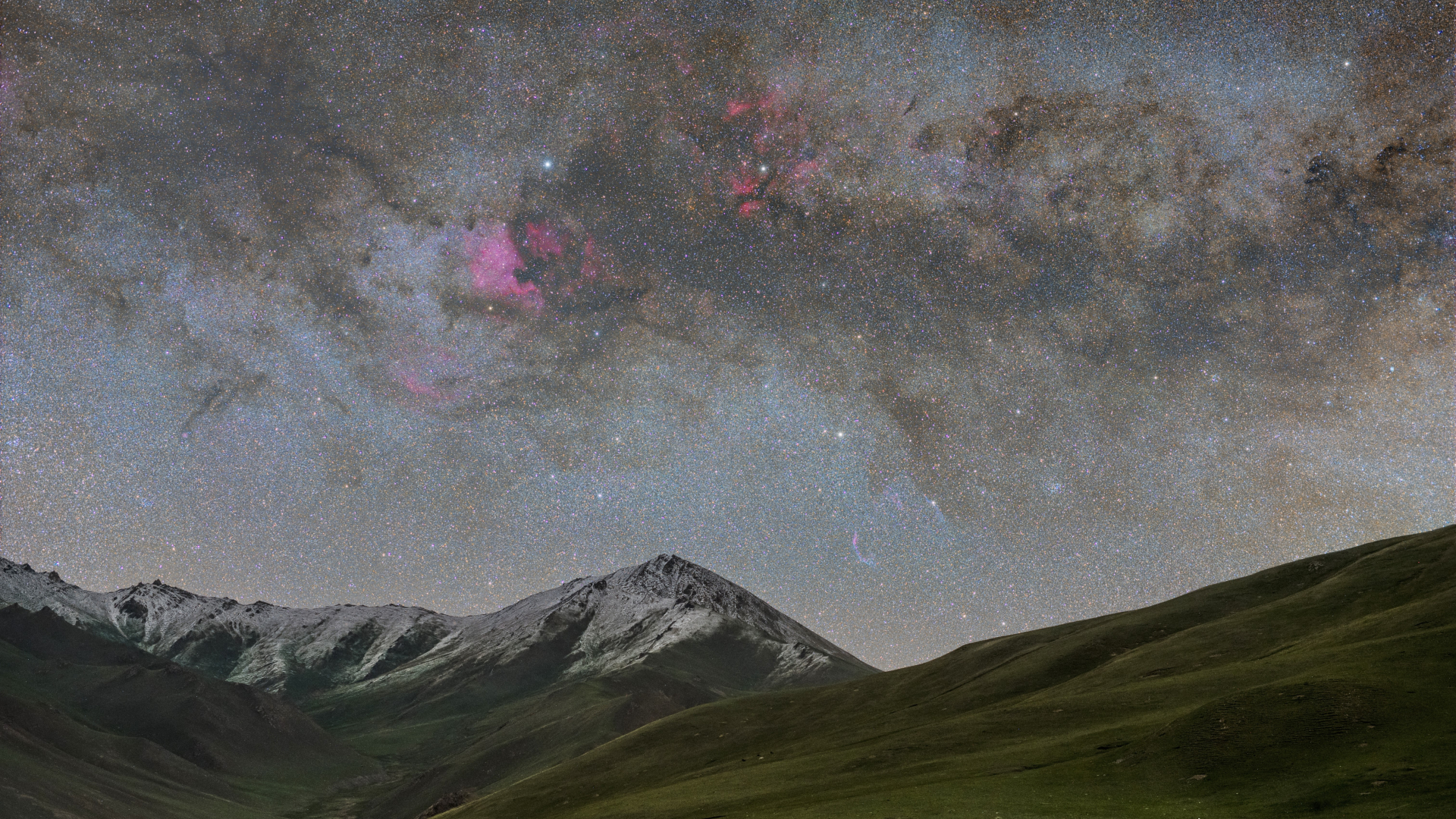
When thinking about where to go for an astrophotography adventure, Kyrgyzstan isn't a place that immediately springs to mind. But the sparsely populated country lends itself to pristine dark skies and a rugged landscape just waiting to be explored.
Astrophotographer Soumyadeep Mukherjee embarked on an epic astronomy journey to this relatively unexplored corner of the world with a group of like-minded individuals, to relish in the beauty of Kyrgyzstan and its unspoiled dark skies.
"To say that it was full of surprises would be an understatement," Mukherjee told Space.com.
Mukherjee, based in Kolkata, India, started getting into astrophotography in 2020, during the COVID-19 pandemic. Later on that year, Mukherjee co-founded Astronomads Bangla, a group of four amateur astrophotographers who work towards the promotion and popularization of astrophotography in India with workshops, events, annual competitions and exhibitions.
"Kyrgyzstan was not the initial plan for this tour," Mukherjee told Space.com in an email. "However, I came across a few Milky Way images captured from Kyrgyzstan and became interested in the place."
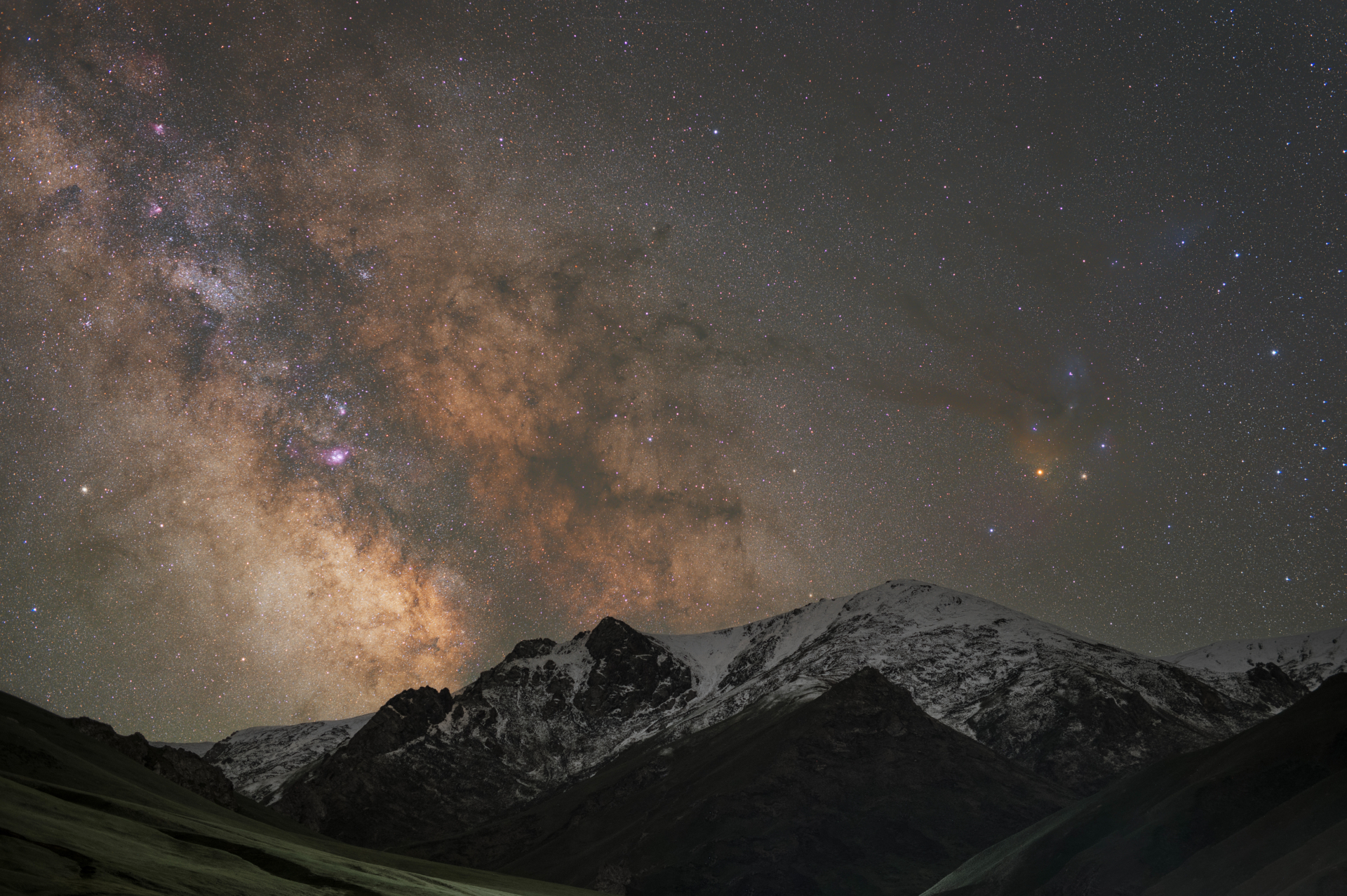
Kyrgyzstan is a landlocked country in Central Asia. With a population of around 7 million people and an area of around 77,000 sq mi (200,000 sq km), the sparsely populated country offers up some of the darkest skies in the world.
"After doing some research on this country, I found it to be a paradise for astrophotographers," Mukherjee explained. "At the same time, I found its beauty underrepresented, especially in the world of astrophotography."
Get the Space.com Newsletter
Breaking space news, the latest updates on rocket launches, skywatching events and more!
When the group arrived in Kyrgyzstan, they were welcomed by a stunning landscape oozing with history, dark skies and rugged grandeur.
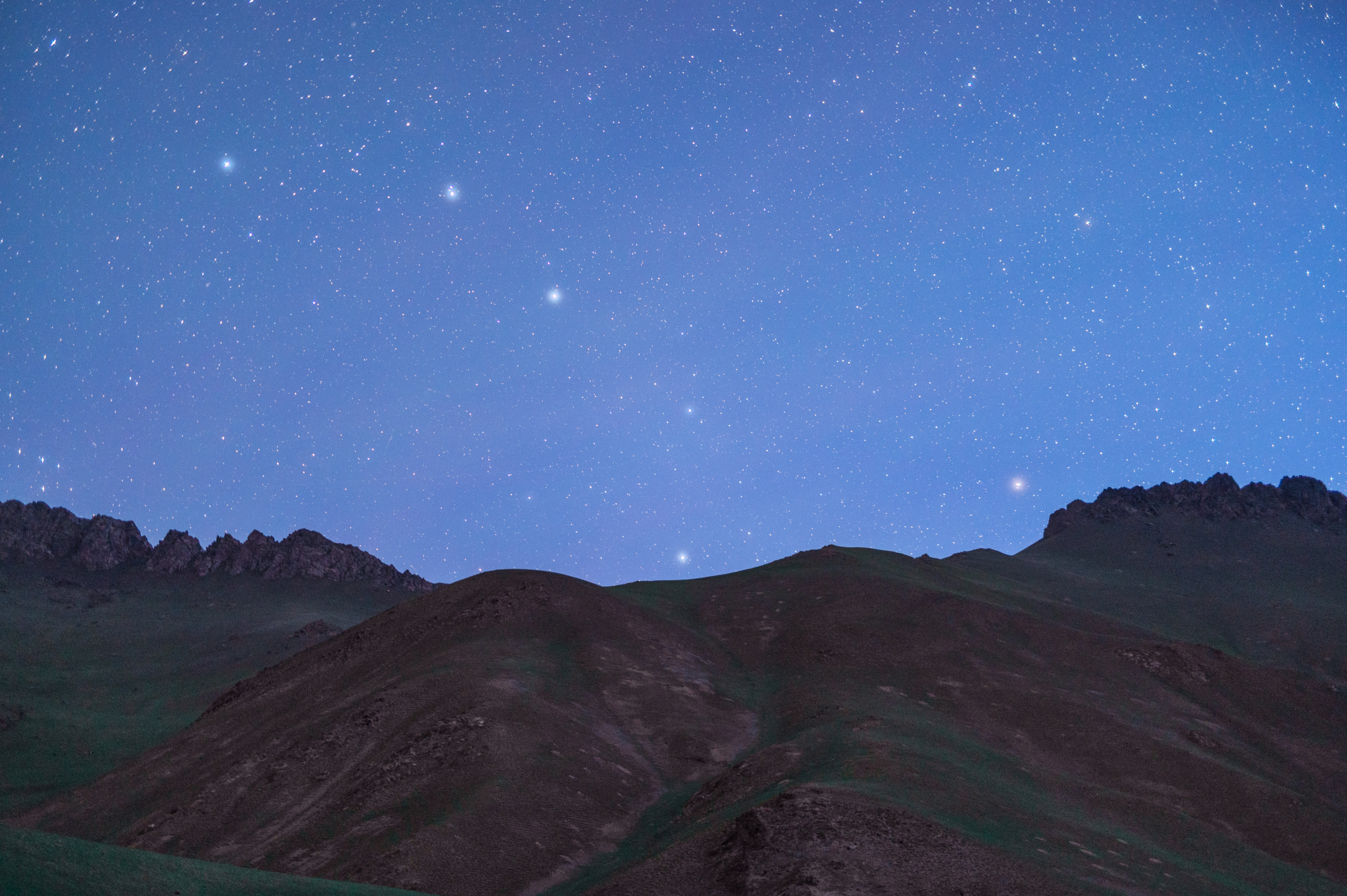
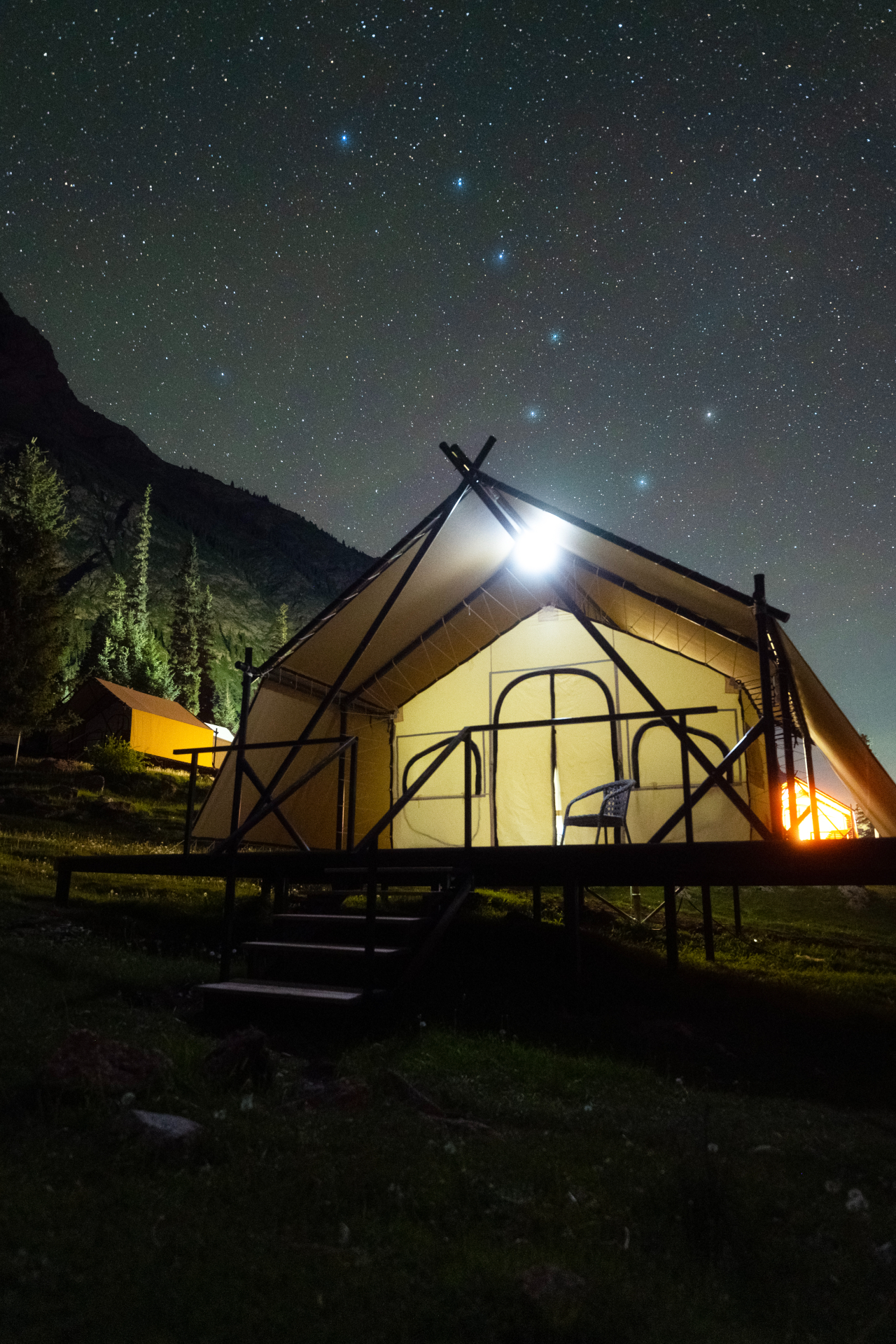
"While I was traveling through the country, I felt that I could have camped in 100 places and still would not have been satisfied. The country, in every direction, is full of natural beauty." Mukherjee said.
With the dark skies calling, Mukherjee's team turned their attention to capturing some truly breathtaking night sky images.
Though it's challenging to choose favorites, Mukherjee told us his top three from the trip were of Tash Rabat and star trails, Yurts and the Milky Way and his image of the Milky Way behind the Yuri Gagarin statue. You can scroll through these three images in the gallery below.
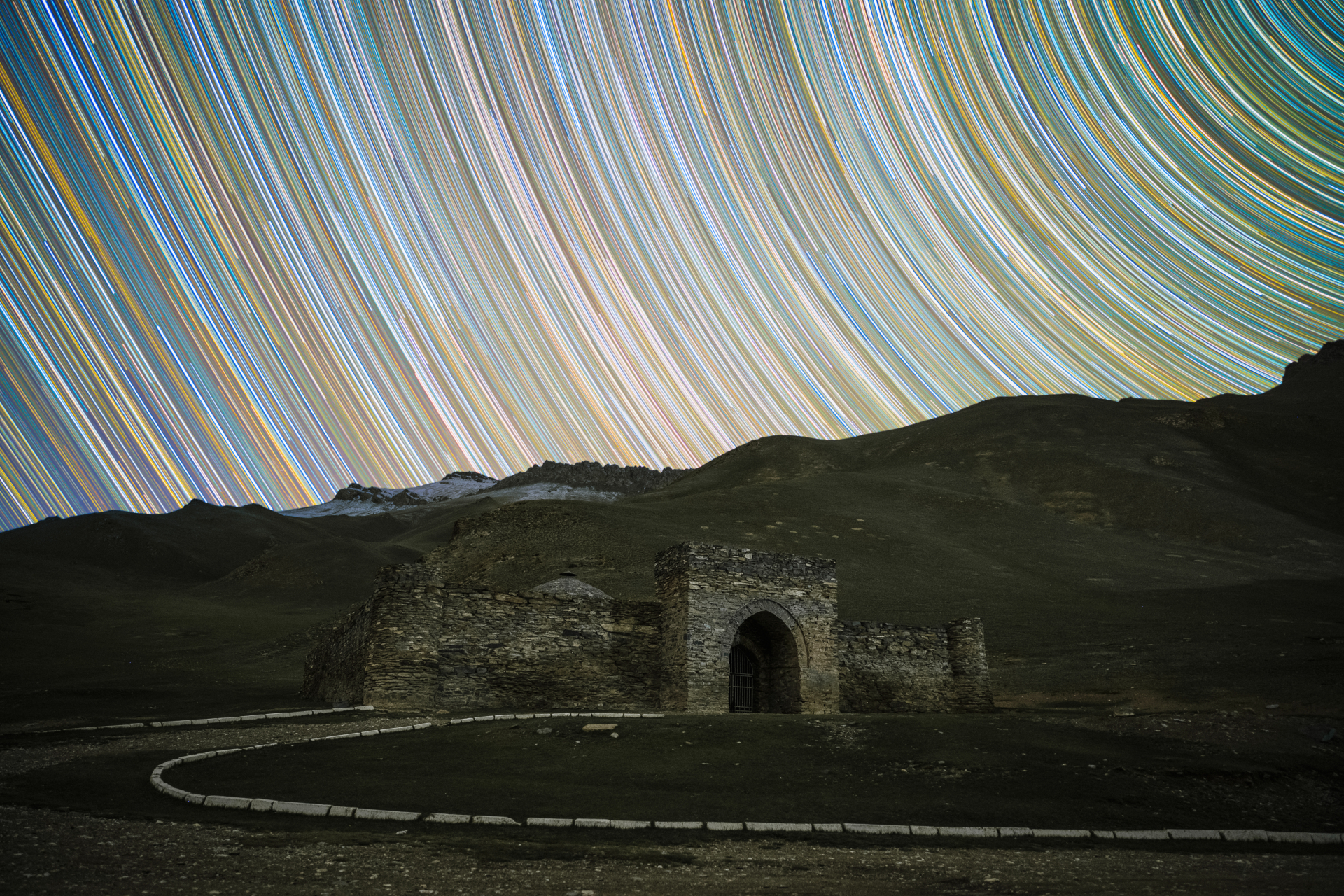
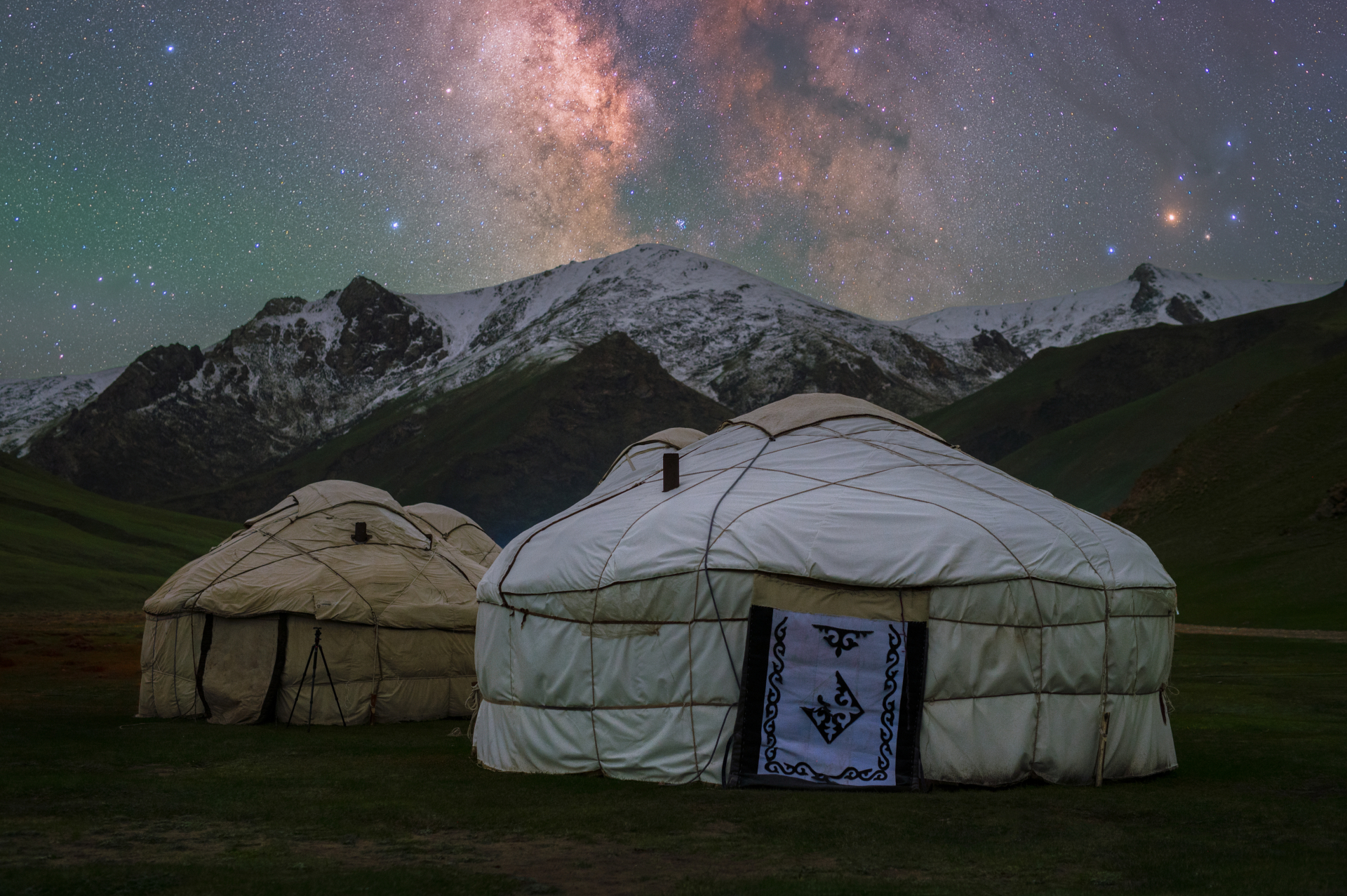
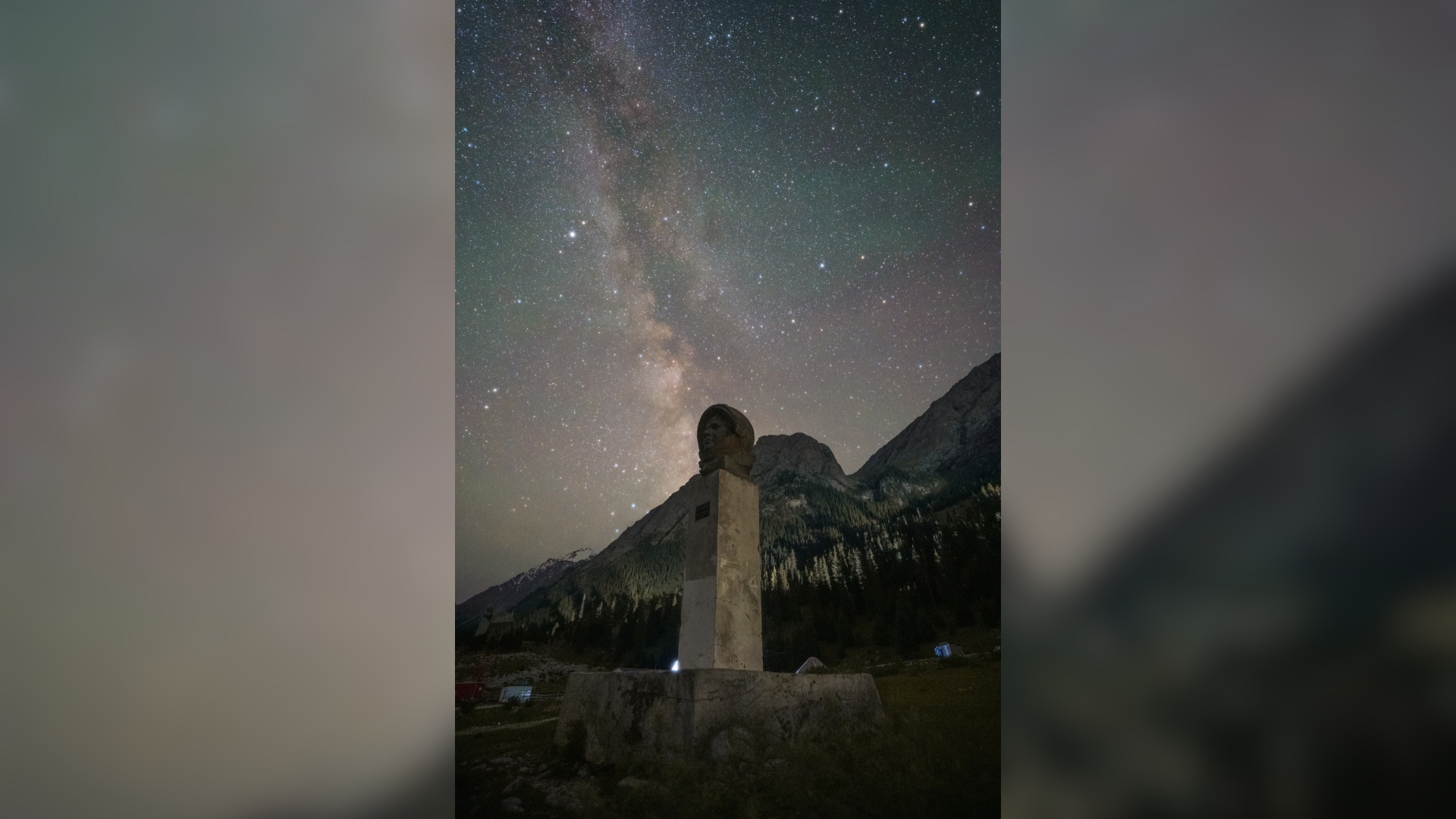
The challenge to capture Yuri Gagarin against the Milky Way
Mukherjee's Yuri Gagarin statue image was particularly difficult to capture, so we asked him to describe the story behind the photo.

Mukherjee: "Our plan was to stay one night at Barskoon valley and capture the Milky Way in the backdrop of Yuri Gagarin's statue situated there.
"On our fourth day of the trip, we reached Barskoon valley but it was quite late in the evening and we did not get an opportunity to look around the place before our night session.
"As night fell, we had no idea where the statue was. At night, around 3 a.m., me and some of my friends decided to hit the road on foot and start looking for the statue. The map indicated that it was near but we were unable to find it.
"While returning, one of my friends indicated that he saw the statue (it was just beside the property where we were staying). However, the location was fenced and we came across a board mentioning 'Military Area.' I was not sure if I wanted to have the photograph. But eventually we all jumped above the fence with all our imaging gear, found the statue and spent around 30 minutes capturing a couple of images of the statue along with the Milky Way. Capturing this image was indeed challenging and adventurous."
Astrophotography deep dive: Yurts and Milky Way


Looking for a telescope for the next night sky event? We recommend the Celestron Astro Fi 102 as the top pick in our best beginner's telescope guide.
It can sometimes be difficult to comprehend how much work goes into just one of these breathtaking images so we asked Mukherjee to take us through the processes involved.
Mukherjee: "This image is a blend (sky and foreground were captured from the same position). I used a Nikon Z6ii and Sigma 50mm along with Skyguider Pro, all on top of a Leofoto 364c + LH 40.
"Initially I captured the foreground with the star tracker turned off. I took three images of 120 seconds (f/2.8, ISO 1600). Then I turned the tracker on and took three images for the sky portion for 90 seconds each (f/2.8, ISO 2000).
"To process these kinds of images, I go through the following workflow: stack the sky images in Sequator, process it with Pixinsight and Photoshop, stack the foreground (median stack) and process it with Photoshop, and finally blend the two images (sky and foreground) with Photoshop. Although I normally take more than three images for the sky (normally 10-15) and for the foreground (normally 5-7), this image was captured just before twilight and I had to rush before the sky became too bright. But I'm happy that the image turned out this way."
Equipment used
Cameras: Nikon Z6ii, Nikon Zf and Nikon Z8
Lenses: Nikon Z 14-24mm f/2.8, Nikon Z 24mm f/1.8, Sigma 50mm f/1.4 Art and Samyang 135mm f/2 (The Nikon Zf. Nikon 14-24mm and Nikon 24mm were lent to me kindly by Nikon India)
Tripod: Leofoto 364c and 323c (kindly provided by Leofoto India) along with LH 40 ballheads.
Star tracker: iOptron Skyguider Pro along with William Optics base.
Post-processing: Sequator (for stacking), Pixinsight (for processing the sky portions) and Adobe Photoshop.
Mukherjee's stunning photographs are a window into Kyrgyzstan's remarkable landscapes, blending pristine dark skies and historical sites. The astrophotography tour was organized by Mukherjee's team, Astronomads Bangla, and consisted of three mentors and 16 participants. Once in Kyrgyzstan, travel was organized by Asia Expeditions.
Feeling inspired to take the leap into astrophotography but not sure where to start? Our guides on the best cameras and best lenses for astrophotography are here to help you find the kit you need. You can also get some helpful hints and tips from our astrophotography for beginner's guide on how to shoot the night sky.
Join our Space Forums to keep talking space on the latest missions, night sky and more! And if you have a news tip, correction or comment, let us know at: community@space.com.

Daisy Dobrijevic joined Space.com in February 2022 having previously worked for our sister publication All About Space magazine as a staff writer. Before joining us, Daisy completed an editorial internship with the BBC Sky at Night Magazine and worked at the National Space Centre in Leicester, U.K., where she enjoyed communicating space science to the public. In 2021, Daisy completed a PhD in plant physiology and also holds a Master's in Environmental Science, she is currently based in Nottingham, U.K. Daisy is passionate about all things space, with a penchant for solar activity and space weather. She has a strong interest in astrotourism and loves nothing more than a good northern lights chase!









